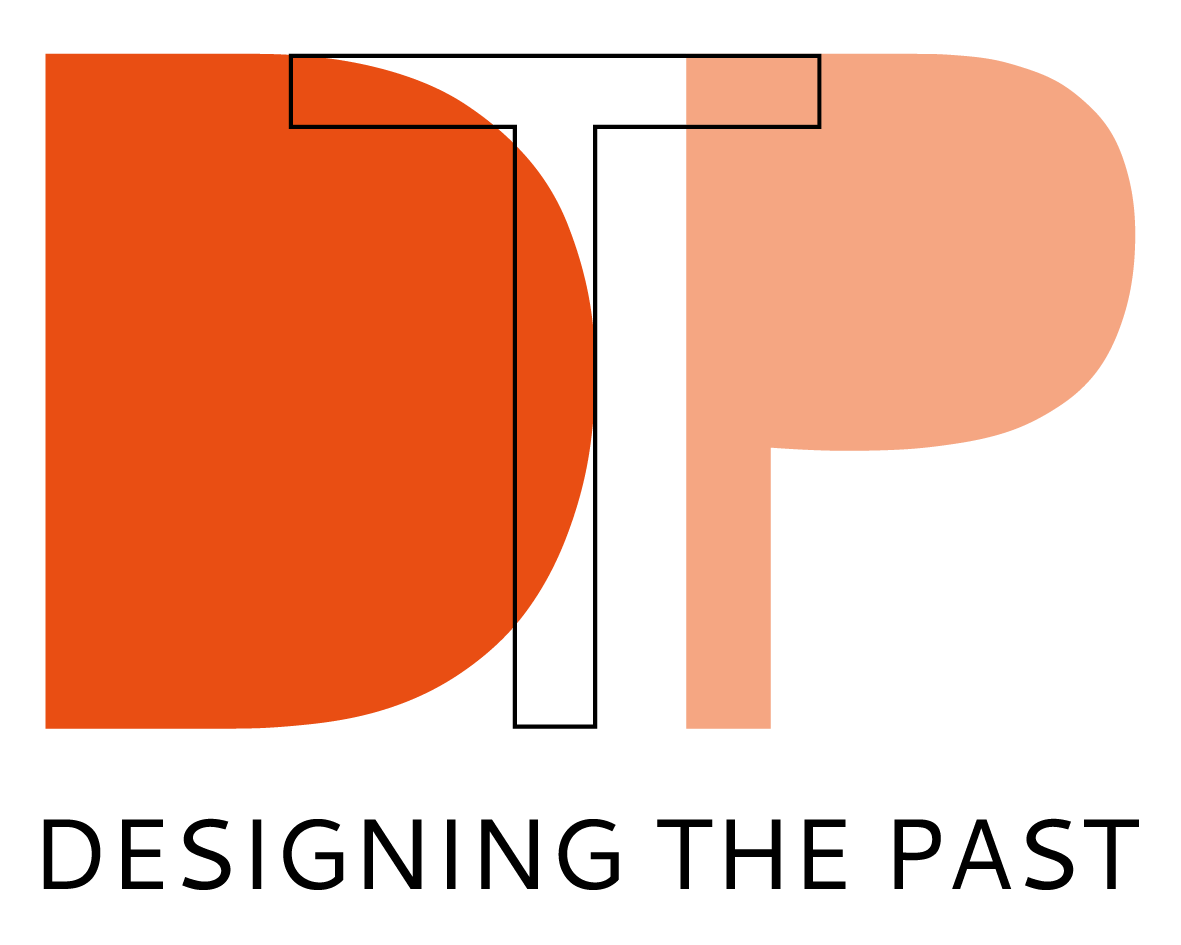Repointing for Masonry Restoration
Have you ever admired an older building, only to be confused by how new the masonry looks? Chances are it has received some love in the form of repointing or tuckpointing.
Repointing is the restoration process of mortar joints in masonry construction. Masonry renewal of internal or external brick and stonework produces significant results in revitalising and restoring former beauty. The process produces a big impact but should be approached with care and consideration to your home’s needs and context.
Restored Federation Bungalow in Roseville, NSW
For residential buildings repointing can improve the appearance and liveability of a home, which, if we want to encourage the survival of older buildings, is increasingly important. The repair process is relatively straightforward, involving the removal and replacement of existing mortar, however requires a high level of skill that is worth paying for. Selecting experienced craftspeople is essential in avoiding common mistakes and quick fixes, many of which expose themselves after little wear. Look for a local company who specialise in repointing.
We spoke to Period Home Brick Construction & Restoration who complete everything from residential to large scale government projects. They believe the restoration process of a building is an art form and reiterated the need for skilled craftspeople. Period Home have a family history within the industry and value passed down knowledge and technique.
Preserving evidence of original jointing is desirable for historical context and reference of mortar types and joint profiles. Although uniformity is desirable, it may not be necessary to repoint an entire wall. Assessment around how far to extend the repair work is needed; often only exposed areas will show signs of decay and it is possible to create a good match and blend new work into old.
Longevity of repointing is highly dependant on climate and exposure, however if done properly will last many years (tuckpointing generally needs to be completed more often).
Cost is calculated per square meter and will differ depending on brick type, condition, accessibility and mortar etc. The time-frame to complete repointing on a Californian bungalow (for example) is about 1-1.5 weeks. Tuckpointing the same style of home would generally take an additional 2-2.5 weeks to complete.
Example of a recently tuckpointed facade (left) next to a more worn facade. Image: DTP
Mortar Joints
Mortar joints are the joints between bricks in masonry construction and provide a watertight finish as well as increased structural integrity. Pointing is the visible, external part of a mortar joint. There are different joint profiles and each affect the overall look, however also have specific uses and impact durability and water-resistance. The mortar needs to breathe to allow moisture to evaporate and be softer than the brick to cushion it. Getting the replacement mortar correct is an important aspect of caring for historical masonry and faithful restoration will to help maintain building character.
Why Does My Masonry Work Need Repointing?
While bricks are durable, mortar can crumble and crack over time. General wear, exposure to moisture, salt, temperature changes and subsequent contraction, expansion and settlement of masonry contribute to this. There are other causes, however these are generally structural and require repair beyond cosmetic options.
Example of defective pointing. Image: Kebebknight
Example of repointing completed on one face only. Image: DTP
Repointing VS Tuckpointing
Repointing is repairing and replacing mortar joints with a single layer of exposed mortar. Tuckpointing is a level up from repointing and purely aesthetic. It incorporates two tones of mortar to create a cleaner and sharper finish. A mortar matching the brick colour is used to repair and neaten each brick, then the tuck is applied, usually white, sometimes black, over the joints to create definition and the appearance of narrower joints. This is a more time consumptive process and therefore incurs additional costs, well worth it though if your property demands a more refined look. Originally (Circa. 17th Century England) tuckpoint joints were used to hide irregularities and discrepancies in masonry work and create the illusion of straight lines. It was common towards the end of the 19th century in Australia and particularly prevalent in Edwardian brick front facades.
Repointing Improves Both Function and Aesthetics of Masonry Construction
Repair of defective joints, which cause water leaks
Improves weather resistance
Protection against rising damp
Restores structural integrity
Renews appearance of brick and stonework
Reduces ongoing maintenance
Conserves the original character of the building
Increases property value and street appeal
Repointed sandstone wall. Image: DTP
Cement strap pointing (shown below) laid over the top of lime mortar can result in serious defects like cracking, joints not breathing (which causes moisture issues), erosion and damage of stonework. Images: DTP
The Repointing Process
Existing mortar, masonry and construction techniques are examined to ensure selection of replacement mortar is achievable and appropriate for the building
Existing mortar is removed, depth depends on joint type, however 20 – 25mm is commonly mentioned as standard. Removal can be achieved through a variety of methods and is dependent on the materials and their fragility.
The brickwork and joints are cleaned to remove dirt.
A new mortar is created to match the original, with considerations to both colour and texture. Accuracy is key to maintain original historical character.
The joints are filled with the new mortar, and original joint profile replicated.
The brick work is given a final clean.
Repointing a brick facade. Image: Blondinrikard Fröberg
Further Reading and Links
Government of South Australia - Conserving our heritage
City of Fremantle, Conservation of privately-owned heritage buildings - Technical advice sheets
National Trust, Conservation & Restoration of Buildings – Preservation of Masonry Walls
Period Home Brick Restoration & Construction - Website
BuildingConservation.com - Joint Finishes on Historic Brickwork















